Disclosure: This article contains affiliate links. We may earn a commission from purchases at no extra cost to you, which helps our travel content.
The medina walls of North Africa have long stood as silent witnesses to centuries of trade, cultural exchange, and human connection. As someone who has spent a lifetime observing the intricate workings of the human heart, I find myself equally captivated by the complex circulatory systems of these ancient walled cities. My recent two-week journey through the medinas of Sousse, Tunisia and Fez, Morocco revealed remarkable similarities and surprising differences between these UNESCO-protected treasures, each pulsing with its own distinct rhythm of life.
The Architectural Anatomy of Two Medinas
Stepping into Sousse's medina is like entering a living museum of Islamic architecture. The 9th-century fortifications embrace approximately 32 hectares, considerably smaller than Fez's sprawling 280 hectares, yet no less remarkable in its preservation. The clean, whitewashed walls reflect the Mediterranean sunlight, creating an almost clinical brightness that contrasts sharply with Fez's labyrinthine passages.
In Fez, the world's largest car-free urban area unfolds like an intricate anatomical puzzle. Founded in the 9th century, its narrow, winding streets—some barely shoulder-width—create a capillary-like network that seems designed to disorient the visitor. While navigating these passages, my pocket compass proved invaluable when GPS signals faltered within the dense urban tissue of the medina.
What struck me most was how the architectural differences reflect distinct approaches to climate adaptation. Sousse's wider streets and sea-facing orientation harness coastal breezes, while Fez's narrow, high-walled passages create natural cooling systems in the inland heat—a remarkable example of vernacular environmental engineering that predates modern sustainable design by centuries.
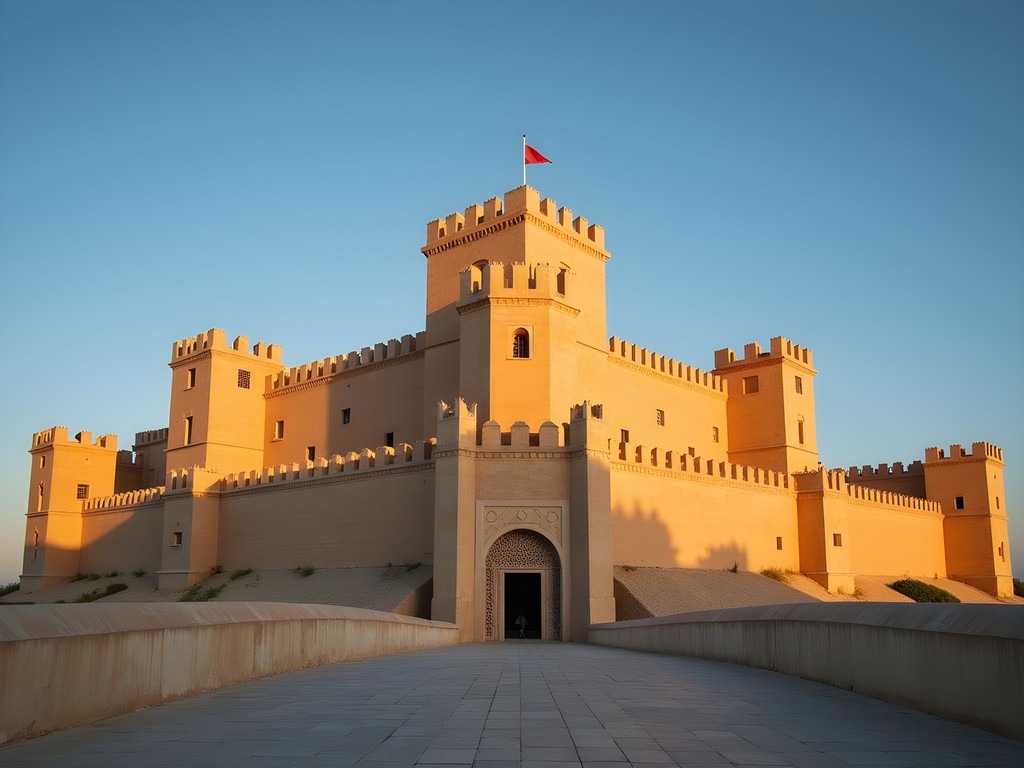
💡 Pro Tips
- In Sousse, visit the Ribat fortress at dawn for the best light and fewest crowds
- For Fez, consider hiring a certified local guide for at least your first day—the complexity of the medina cannot be overstated
- Wear comfortable shoes with good traction; both medinas have uneven, sometimes slippery stone pathways
Market Rhythms: The Pulse of Medina Life
Markets have always been the heart of medina life, and my background in both Bangalore's vibrant bazaars and years of surgical precision give me a unique perspective on these commercial ecosystems. In Sousse, the souks follow a relatively straightforward layout, with goods organized in a logical progression that feels almost taxonomical. Spice vendors cluster near the central mosque, their aromatic offerings displayed in perfect conical formations that remind me of the careful organization of a surgical tray.
Fez presents a stark contrast—its market system is an intricate organism with specialized districts for everything from copper craftsmen to woodworkers. The famous tanneries of Chouara offer a sensory experience unlike any other, where animal hides are processed using methods unchanged since medieval times. The pungent odor can be overwhelming; I was grateful for the natural scent balm offered by a local shopkeeper to dab beneath my nostrils.
In both cities, I was struck by the preservation of artisanal knowledge passed through generations. In Fez particularly, I observed master craftsmen teaching apprentices the intricate art of zellij tilework—their hands moving with the same practiced precision I once employed in the operating theater. These are not merely commercial spaces but living academies of cultural heritage.
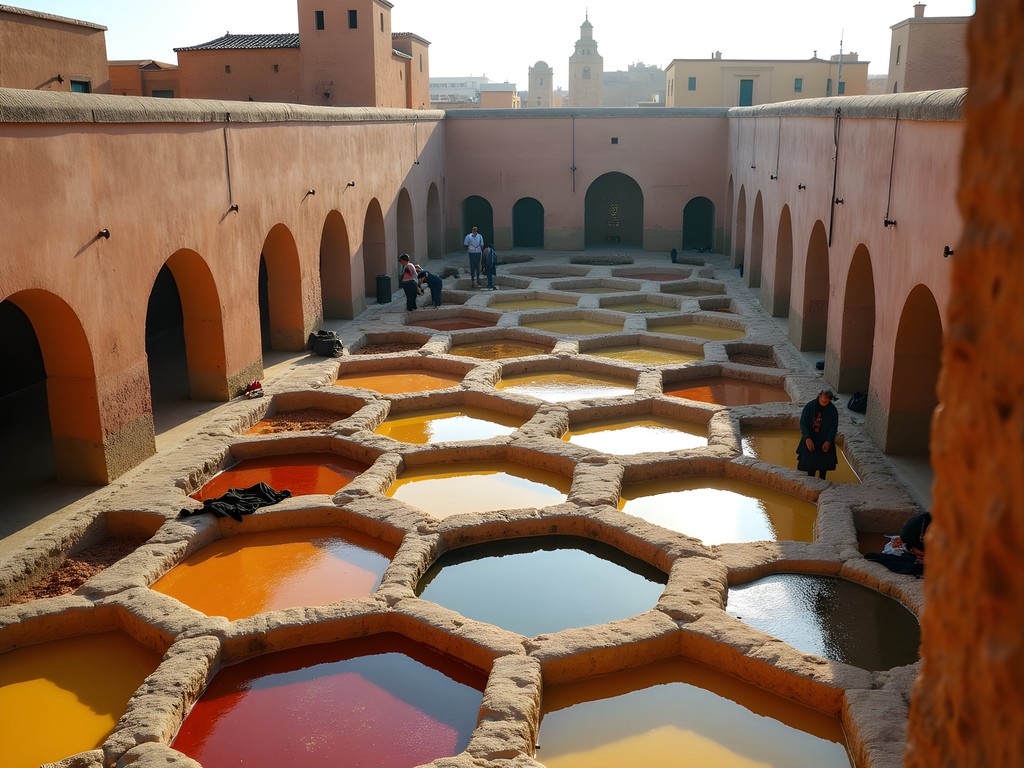
💡 Pro Tips
- Visit markets in both cities during mid-morning (10-11am) when they're active but not overwhelmingly crowded
- In Fez, accept the mint tea offered in shops—it's a gesture of hospitality, not necessarily a sales pressure tactic
- Bring small denominations for purchases and be prepared to negotiate, but remember that fair prices support local artisans
Cultural Preservation and Sustainable Innovation
Both medinas face the delicate challenge of preserving their heritage while adapting to contemporary needs. In Sousse, I was particularly impressed by the adaptive reuse of historic buildings. The ancient fondouks (merchant inns) have been thoughtfully converted into boutique accommodations and cultural centers without compromising their architectural integrity.
During my stay, I used a solar lantern which proved remarkably useful during Sousse's occasional evening power fluctuations, while also aligning with my commitment to sustainable travel practices.
Fez has taken a different approach to preservation, with significant international investment in restoring its monumental madrasas and mosques. The Médina Conservation Project has trained local craftspeople in traditional building techniques, ensuring these skills aren't lost to time. I spoke with Hamid, a master plaster carver whose family has practiced this art for seven generations. "When we restore a building," he told me, "we are not just fixing walls—we are keeping our ancestors' knowledge alive."
What struck me most was how both cities are addressing water conservation—a critical issue in North Africa. In Fez, I observed the restoration of the historic khettara water system, an ingenious method of groundwater collection that once supplied the entire medina. Similarly, Sousse has implemented rainwater harvesting systems integrated discreetly into historic structures—a marriage of ancient wisdom and modern necessity that reminded me of how medical practice similarly honors traditional knowledge while embracing innovation.

💡 Pro Tips
- Support establishments within the medinas that practice sustainable tourism and employ local artisans
- Visit conservation workshops in Fez where you can observe restoration techniques firsthand
- Consider donating to heritage preservation organizations working in these UNESCO sites
Culinary Traditions and Tea Culture
The gastronomy of these medinas offers another fascinating lens for comparison. In Sousse, the Mediterranean influence is evident in the abundance of fresh seafood, olive oil, and citrus. At a small family restaurant near the Great Mosque, I enjoyed a remarkable ojja (spiced tomato and egg dish) prepared in a traditional clay tagine. The proprietor explained that his grandfather had used the same recipe for decades.
Fez's cuisine reflects its inland position and imperial history with complex flavors and slow-cooked dishes. The famous pastilla—a sweet-savory pie of shredded poultry, almonds, and cinnamon wrapped in paper-thin warka pastry—exemplifies the sophisticated Andalusian influence on Moroccan cuisine. I found myself using my food journal to record the nuanced spice combinations, much as I once documented precise surgical protocols.
Tea culture in both locations reveals subtle differences in social customs. In Sousse, mint tea is often served with pine nuts floating atop—a delightful regional variation. In Fez, the ceremonial pouring of tea from height creates a frothy top considered essential to proper presentation. When I mentioned my interest in tea traditions to my riad host in Fez, he gifted me a handcrafted tea glass set similar to those used in their daily service—a treasured souvenir that now brings North African hospitality to my Birmingham home.
What fascinates me most is how food preparation in both medinas remains primarily women's domain, with recipes transmitted orally through generations. These culinary traditions represent another form of cultural preservation worthy of documentation.

💡 Pro Tips
- Try breakfast at communal bakeries where locals bring their home-prepared dough for baking
- In Fez, look for restaurants offering cooking classes—many include market tours to source ingredients
- Respect Ramadan fasting hours if traveling during this period; many establishments adjust their hours accordingly
Social Fabric: Community Life Within Ancient Walls
Beyond architecture and commerce lies the true essence of medina life—its communities. In Sousse, I was struck by the relatively relaxed social atmosphere, with men and women sharing public spaces more freely. Children played football in small squares while elderly residents observed from doorways, reminiscent of the neighborhood dynamics I recall from my childhood in Bangalore.
Fez presents a more traditional social structure, with clearer delineation of gender roles in public spaces. Yet within private homes, I experienced remarkable hospitality when invited to join a family for iftar during Ramadan. The mother, learning of my medical background, proudly introduced her daughter studying medicine at Fez University—a beautiful bridge across generations and cultures.
In both cities, I observed how the physical structure of the medina shapes social interaction. The density necessitates a certain intimacy between neighbors, creating community bonds that function almost like extended family networks. Residents navigate the delicate balance between privacy and community, much as the human body maintains homeostasis through complex feedback systems.
During evening walks, I found my compact audio recorder invaluable for capturing the sonic landscape of medina life—calls to prayer, children's laughter, the rhythmic hammering of coppersmiths—creating an auditory journal that complements my written observations. These recordings preserve ephemeral aspects of cultural heritage often overlooked by traditional documentation methods.
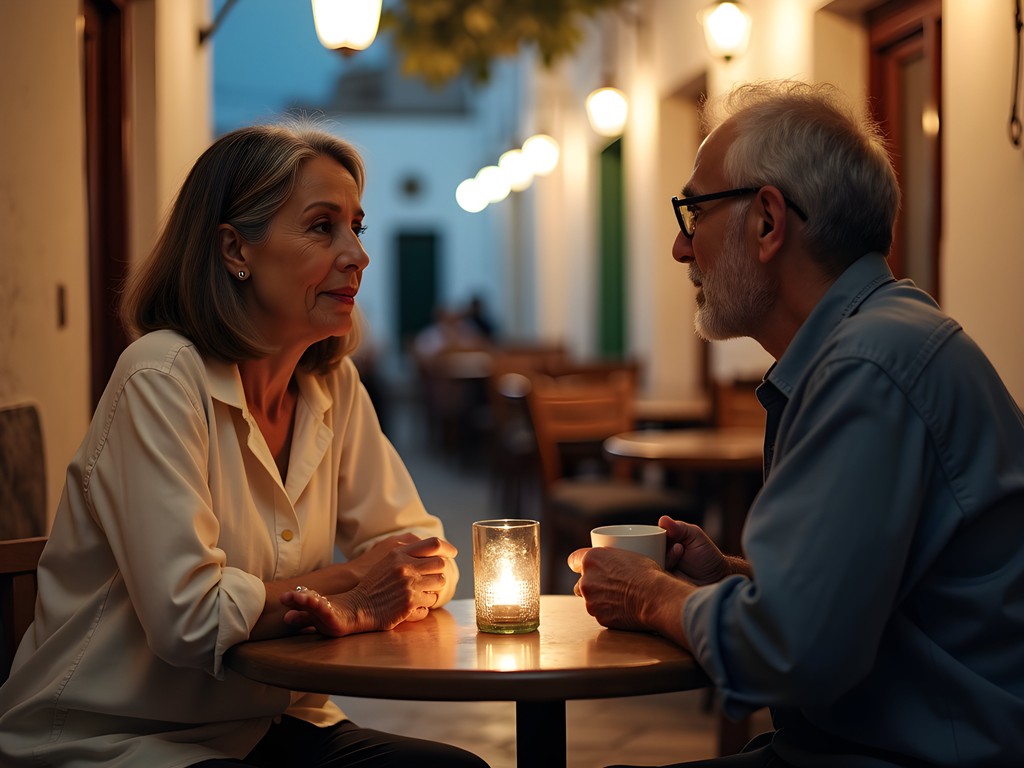
💡 Pro Tips
- Respect local customs regarding photography—always ask permission before photographing residents
- Learn a few basic Arabic or French phrases; even simple greetings open doors to meaningful interactions
- Consider homestay accommodations for a more authentic understanding of daily medina life
Final Thoughts
As my journey through these magnificent medinas concluded, I found myself reflecting on the parallels between my former work as a surgeon and my current passion for cultural preservation. Both require careful observation, respect for tradition, and recognition of the delicate systems that sustain life. The medinas of Sousse and Fez, though different in scale and character, share a common resilience—adapting to changing circumstances while maintaining their essential identity.
These living museums offer more than just a glimpse into the past; they provide valuable lessons for creating sustainable urban environments in our increasingly homogenized world. The traditional knowledge embedded in their walls, markets, and social customs represents a cultural inheritance as precious as any artifact in a museum case.
For couples seeking a meaningful travel experience, I cannot recommend this Mediterranean medina comparison highly enough. The journey offers not just visual splendor but an opportunity to witness how different cultures have addressed universal human needs for community, commerce, and creativity. In understanding these ancient urban centers, we perhaps gain insight into what makes our own communities thrive. As the Moroccan proverb says, 'He who does not travel does not know the value of people.' In the winding streets of Sousse and Fez, that value becomes abundantly clear.
✨ Key Takeaways
- Both medinas demonstrate remarkable architectural adaptation to local climate conditions—lessons relevant to modern sustainable design
- Traditional craftsmanship preservation efforts differ between cities but share the common goal of maintaining cultural knowledge
- The market systems reveal distinct organizational approaches while serving similar community functions
📋 Practical Information
Best Time to Visit
Spring (April-May) or Fall (September-October)
Budget Estimate
$75-150 per day including mid-range accommodations, meals, and activities
Recommended Duration
5-7 days in each location (10-14 days total)
Difficulty Level
Intermediate
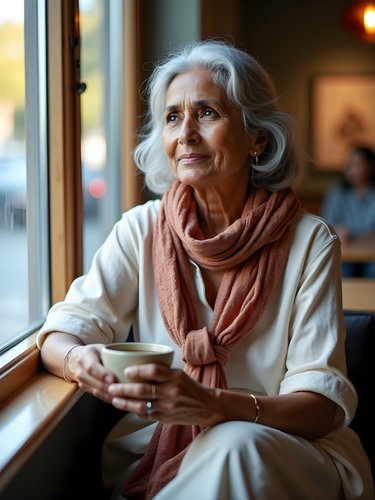

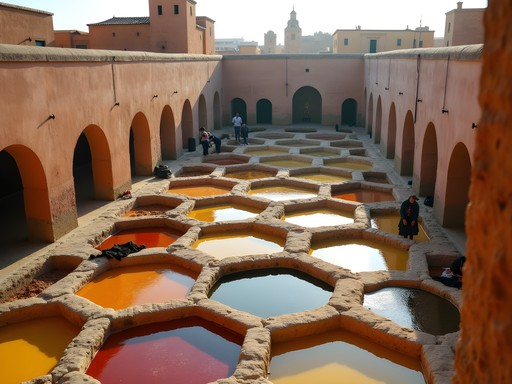
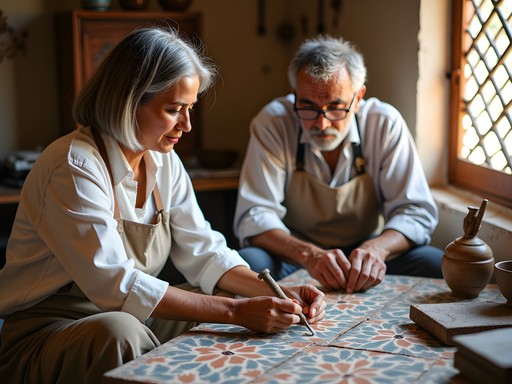
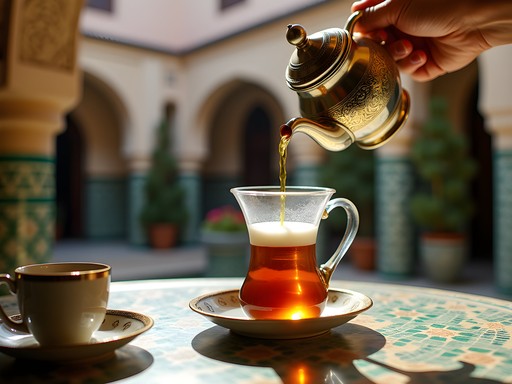











Comments
sunsetstar
Just got back from Sousse last week and this post captures it perfectly! The contrast between the touristy sections and the local areas is exactly as you described. We found an amazing little family-run restaurant deep in the medina that served the best couscous I've ever tasted. The grandfather made the harissa paste fresh each morning! Didn't make it to Fez this trip but it's definitely on my list now after reading your comparison. Did anyone else find the carpet sellers in Sousse a bit overwhelming though? They were super persistent!
globechamp
Those photos of the blue pottery in Fez are stunning! The colors are incredible.
Sarah Powell
Claire, your comparative approach to these two medinas is refreshing! As someone who's visited both (though years apart), I appreciated your insights on how differently each has approached preservation. The Sousse medina felt more lived-in to me, while parts of Fez seemed almost museum-like in preservation. One thing I'd add is about timing - I found Sousse much more enjoyable in shoulder season (October) when the crowds thinned but the weather was still pleasant. Fez in spring had beautiful light but was packed with tour groups. Did you notice seasonal differences in your visits? Your surgeon's perspective on these spaces as "living organisms" is such a unique lens. It made me think about these ancient places in an entirely new way.
wanderchamp6198
Is October really the best time for Sousse? Planning a trip and trying to avoid crowds!
Sarah Powell
October was perfect! Still warm enough to swim but the medina wasn't crowded. September is good too, but still has more European tourists before school starts.
wanderchamp6198
Those blue doorways in your Sousse photos are stunning! Adding both to my bucket list!
tripone
Those food descriptions made me hungry! Which city had better street food in your opinion?
greenmaster
LOVED this post!! The tea culture section brought back so many memories! Pro tip for anyone going: learn to say 'no sugar please' in Arabic or French if you don't want your tea super sweet. My teeth were buzzing after my first authentic mint tea experience in Sousse! 😂
globechamp
So true about the sugar! I think I got a cavity just watching them pour it in lol
smartexplorer
Your section on culinary traditions was mouthwatering! Between Sousse and Fez, which had the better street food scene? And any specific dishes you'd recommend trying in each place?
Claire Torres
Such a tough question! For street food, I'd give a slight edge to Fez for variety, but Sousse for seafood specifically. In Fez, don't miss bissara (fava bean soup) for breakfast and the b'stilla (savory-sweet pastry). In Sousse, the brik à l'oeuf (fried pastry with egg) is incredible, and their grilled fish with harissa is simple but perfect. Both have amazing mint tea cultures but prepared slightly differently!
Hannah Woods
Claire, your comparison of the market rhythms in both medinas is spot on. Having backpacked through North Africa last year, I noticed how Fez's medina operates almost like a living organism with distinct sections for different crafts - the coppersmiths area is particularly fascinating with that rhythmic hammering sound! Sousse seemed more tourist-oriented to me, but I discovered some amazing hidden workshops when I ventured off the main paths. I appreciate how you highlighted the sustainability efforts in both cities. The leather tannery cooperative in Fez is implementing some innovative eco-friendly techniques that weren't there when I first visited five years ago. Did you notice any other sustainability initiatives during your time there?
globeway
Great post! How many days would you recommend for each medina to really experience them properly?
tripone
Not the author but I'd say at least 2-3 days for Fez! That place is HUGE and so easy to get lost in (in a good way).
Amanda Morris
Claire, this is such a thoughtful comparison! Your background as a surgeon really comes through in how meticulously you analyze the architectural differences between these two medinas. I visited both cities last year and was struck by how much more commercial Sousse felt compared to Fez. The Fez medina seemed to retain more of its original character, though the locals in Sousse were incredibly welcoming. Did you find the same? That moment you described with the mint tea ceremony in Fez took me right back there - I can almost smell the fresh mint leaves!
sunsetstar
Is Fez safe for solo female travelers? I've heard mixed things.
Amanda Morris
I traveled solo in Fez and felt quite safe, but it's always good to dress modestly and be aware of your surroundings. The medina can be confusing - I used offline maps which was a lifesaver in those winding alleys!
Venture X
Premium card with 2X miles, $300 travel credit, Priority Pass